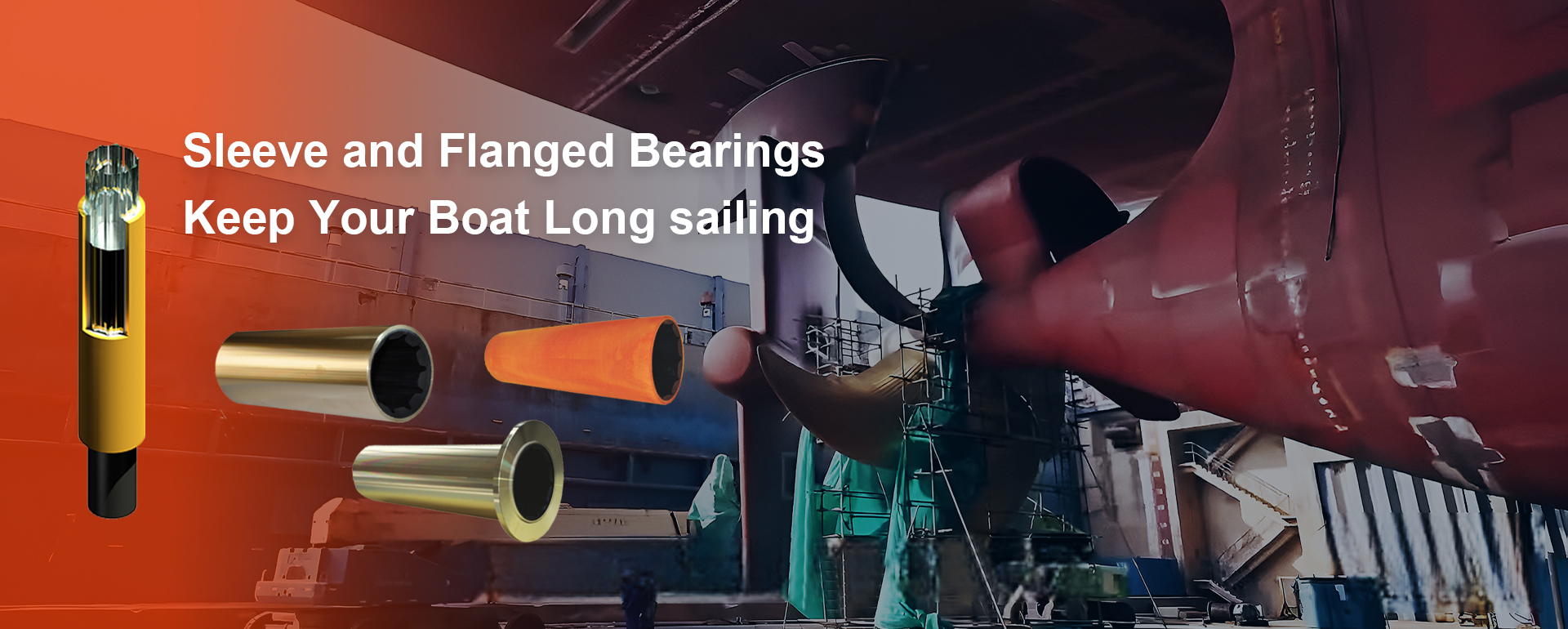different types of o rings
Understanding the Different Types of O-Rings
O-rings are one of the most common types of sealing elements used in various applications, ranging from automotive components to industrial machinery. Their simplicity in design, coupled with their effective sealing capabilities, makes them a preferred choice in many industries. In this article, we will explore the different types of O-rings, their materials, and their applications.
What is an O-Ring?
An O-ring is a torus-shaped ring made from elastomeric materials and is primarily used to create a seal between two or more components. It is designed to fit into a groove and be compressed between two mating surfaces, thereby preventing the leakage of fluids or gases. O-rings are available in various sizes, materials, and hardness levels, making them versatile for different applications.
Types of O-Rings by Material
1. Nitrile (NBR) Nitrile is one of the most commonly used materials for O-rings due to its excellent resistance to oils, fuels, and lubricants. It is ideal for automotive applications and industries where oil compatibility is crucial. Nitrile O-rings can typically withstand temperatures ranging from -40°F to 250°F.
2. Fluorocarbon (FKM/Viton) Fluorocarbon O-rings are known for their exceptional chemical resistance and ability to withstand high temperatures. They are often used in environments where exposure to harsh chemicals or extreme temperatures occurs. They can operate in temperatures up to 400°F, making them suitable for aerospace and chemical processing applications.
3. Silicone (VMQ) Silicone O-rings are characterized by their flexibility and resistance to extreme temperatures, ranging from -75°F to 450°F. They are often used in food and medical applications due to their inert nature, making them safe for contact with consumables.
4. Urethane (AU) Urethane O-rings exhibit excellent abrasion resistance and are often used in hydraulic applications due to their high tensile strength and elasticity. However, they are less resistant to high temperatures compared to other materials.
5. Polyethylene (PE) Used in situations where low friction and static charge dissipation are required, polyethylene O-rings are suitable for various applications in the food industry and electrical equipment.
different types of o rings

Types of O-Rings by function
1. Standard O-Rings These are the basic type of O-rings used in a wide variety of applications. They come in standard sizes and are suitable for most general sealing tasks.
2. Backup Rings Used in conjunction with O-rings, backup rings help prevent extrusion of the O-ring in high-pressure applications. They are typically made from harder materials to provide additional support.
3. Custom O-Rings For specialized applications, custom O-rings can be manufactured to meet specific requirements, such as unique sizes, shapes, or materials.
Applications of O-Rings
O-rings are used in a multitude of applications across various industries
- Automotive In engines, transmissions, and fuel systems, O-rings play a vital role in preventing oil and fuel leaks. - Aerospace O-rings provide reliable sealing in hydraulic systems and are crucial in fuel systems for aircraft. - Manufacturing In machinery, O-rings are utilized in hydraulic systems, pneumatic cylinders, and assembly joints. - Medical O-rings made from biocompatible materials are essential in various medical devices and lab equipment. - Food and Beverage Silicone and other food-grade O-rings ensure hygienic sealing in food processing equipment.
Conclusion
Understanding the different types of O-rings, their materials, and applications is essential for selecting the right type for your needs. With ongoing advancements in material science, O-rings continue to evolve, offering improved performance and longer service life. Whether it’s for automotive, aerospace, or industrial applications, O-rings play a vital role in ensuring the reliability of systems across various sectors.
-
The Ultimate Guide to Car Repair Kits: Tools and Essentials Every Driver Should Own
News Aug.01,2025
-
The Complete Guide to Oil Pan Gaskets: Sealing Engine Leaks the Right Way
News Aug.01,2025
-
Preventing Oil Leaks: A Complete Guide to Oil Pan Gaskets and Drain Seals
News Aug.01,2025
-
Everything You Need to Know About Oil Pan Gaskets and Drain Plug Seals
News Aug.01,2025
-
Essential for Car Owners: How to Use a Car Repair Kit to Deal with Minor Breakdown
News Aug.01,2025
-
Comprehensive Guide to Engine Oil Sump Gaskets and Related Seals
News Aug.01,2025
-
The Ultimate Guide to Boat Propeller Bearings and Trailer Wheel Bearings
News Jul.31,2025
Products categories















